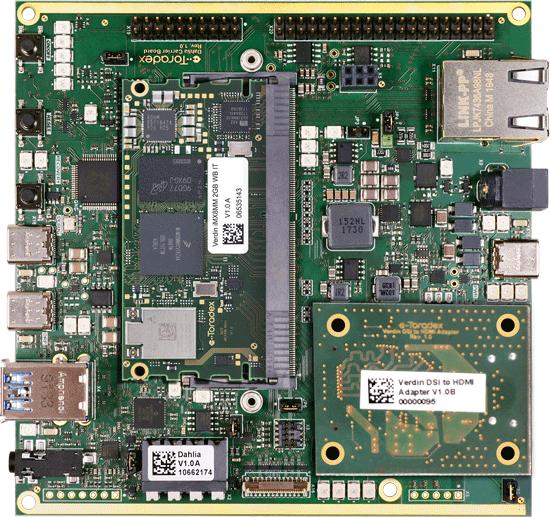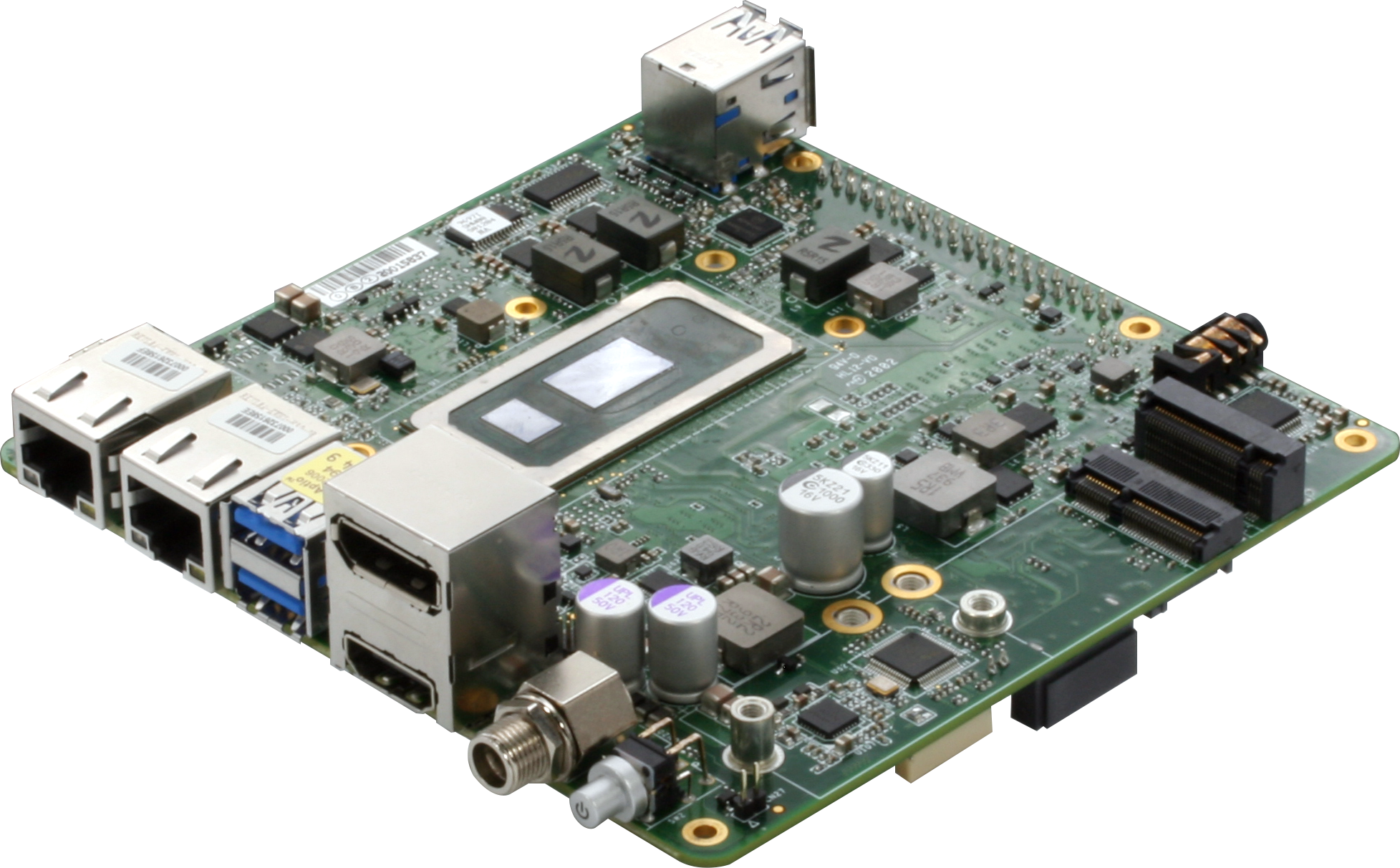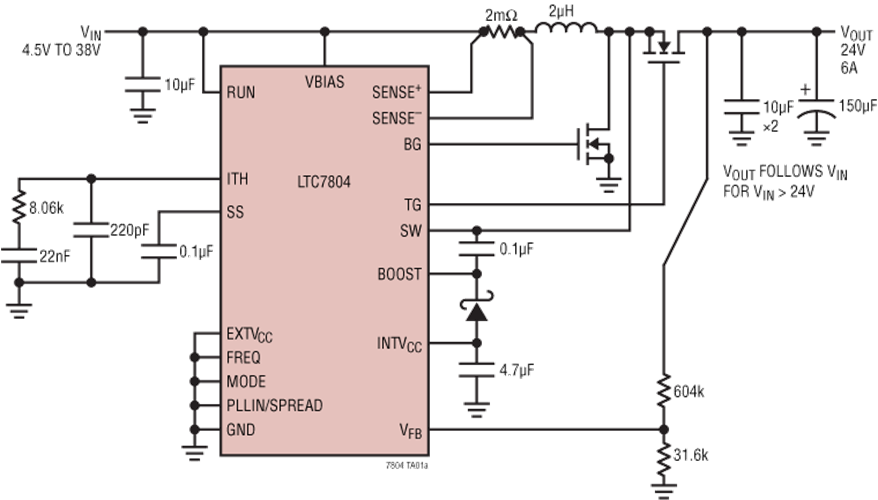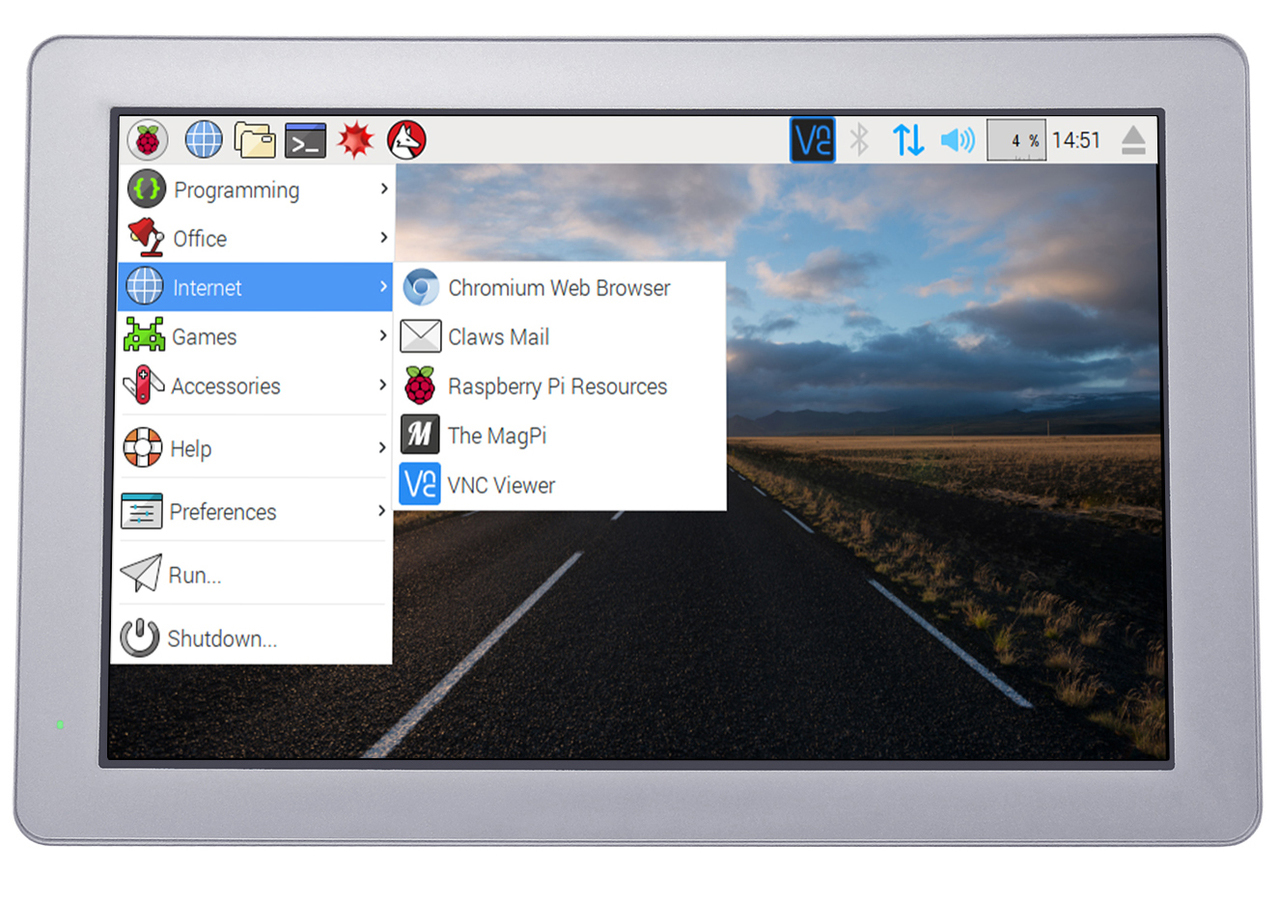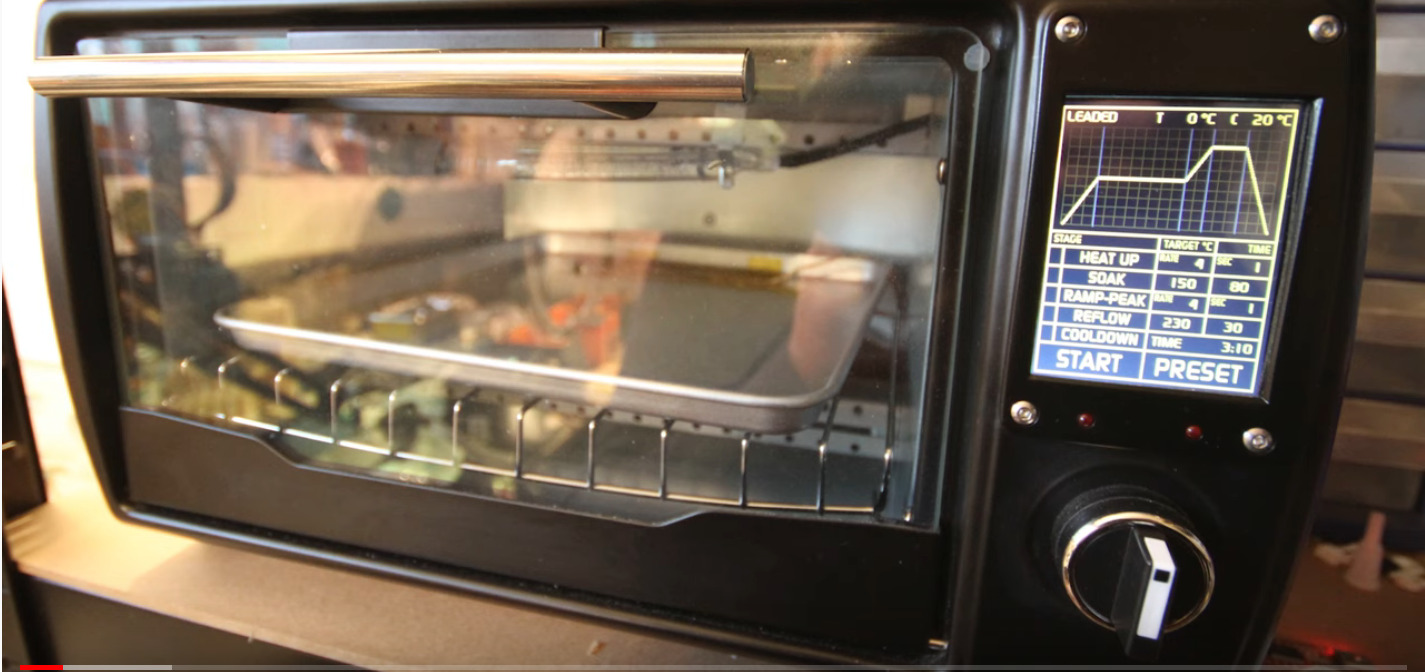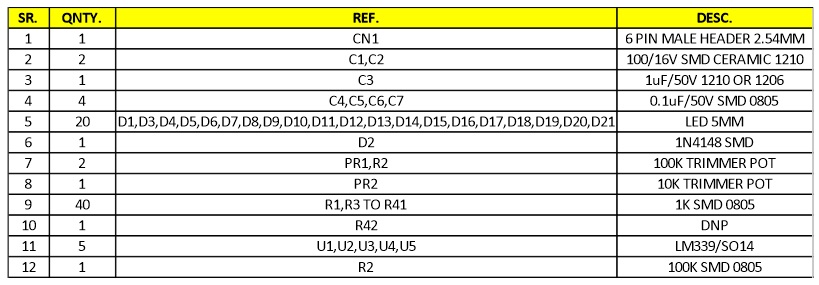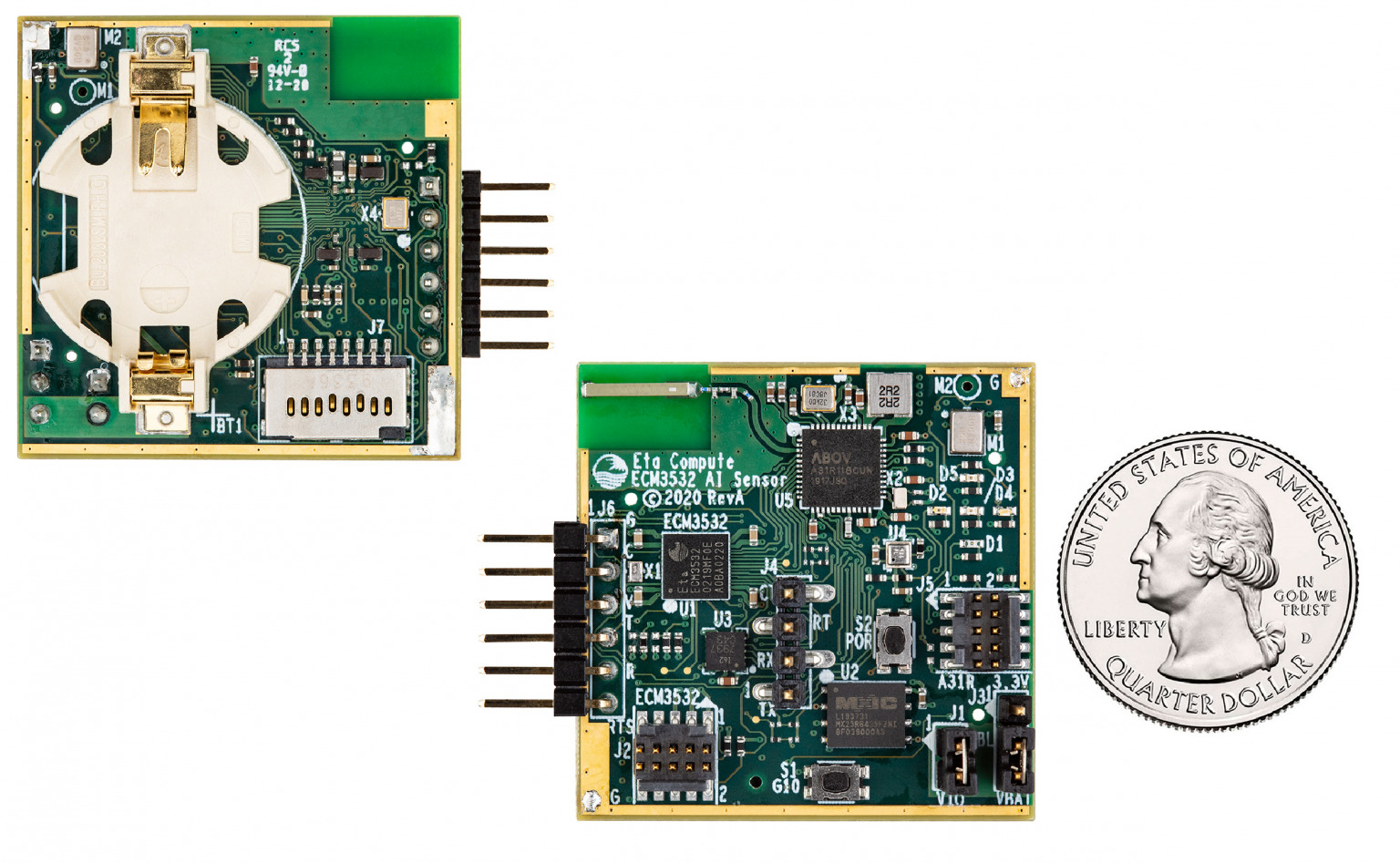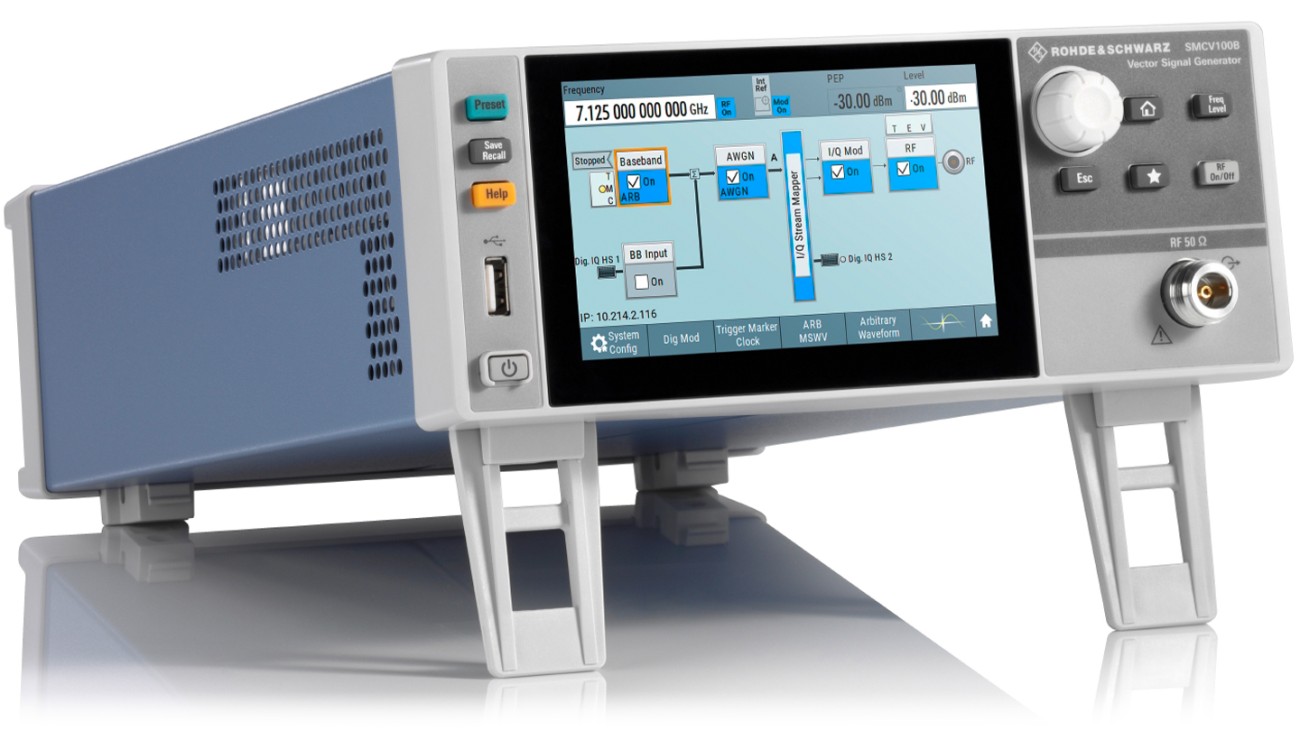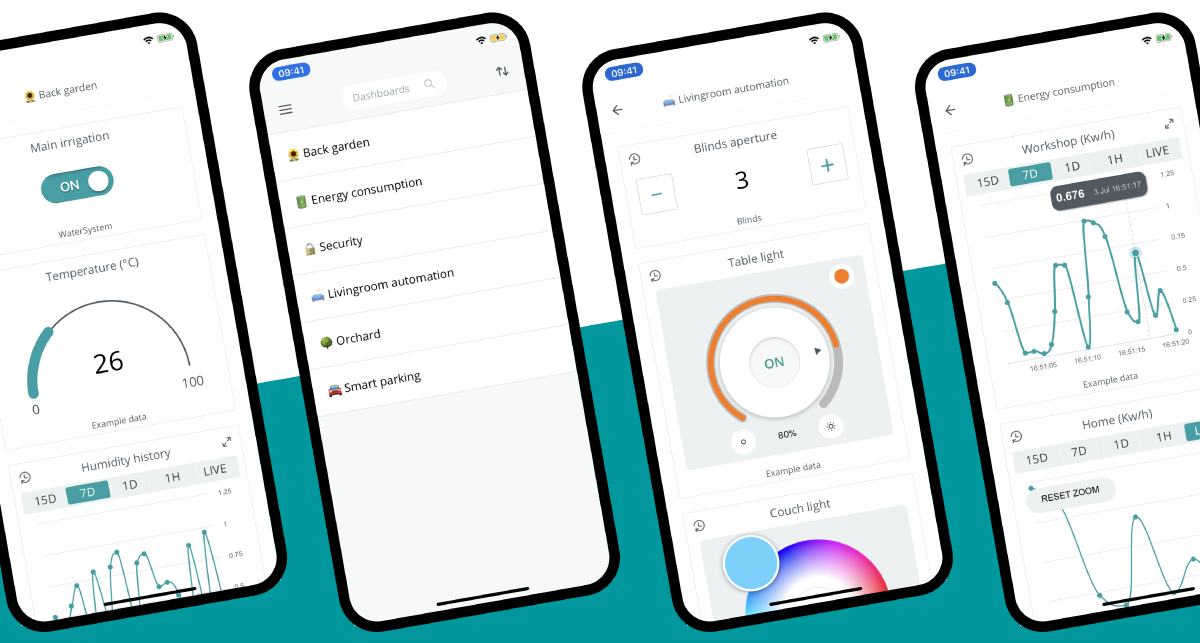Toradex, a leader in embedded computing, announces the release and availability of Dahlia, the latest addition to its carrier board offerings for the Verdin family of System on Modules (SoMs).
Dahlia provides a simple and convenient development platform for the Verdin SoMs. The board provides easy access to the most common interfaces in a compact 120mm x 120mm form factor. As with all Toradex carrier boards, the design is fully open and is an ideal starting point for your own customized Verdin carrier board.
Highlights:
- Simple power via USB-C (PD and BC)
- UART and JTAG interfaces conveniently accessible via a single USB-C connector
- Gigabit Ethernet, PCI Express, MIPI DSI, MIPI CSI-2, CAN, etc.
- Free and open design – allowing you to access the complete Altium design and manufacturing data
Verdin modules provide a modern, future-proof set of interfaces focusing on ease-of-use and robustness. The Verdin line expands on the already successful Colibri and Apalis SoM families and comes with the same extensive software, documentation, ecosystem and support. This includes Torizon – the easy-to-use industrial Linux platform – and Toradex BSP Layers and Reference Images for Yocto Project.
The currently available Verdin SoMs feature the new powerful and efficient NXP® i.MX 8M Mini/Nano applications processors. Currently in development, is a Verdin SoM with NXP i.MX 8M Plus applications processor with Neural Network Accelerator and Image Signal Processing units. Additional Verdin boards are planned. Dahlia works with all current and upcoming Verdin SoMs providing highly scalable and future-proof solutions.
The Dahlia is available on the Toradex webshop, for more information visit Dahlia Carrier Board page.



